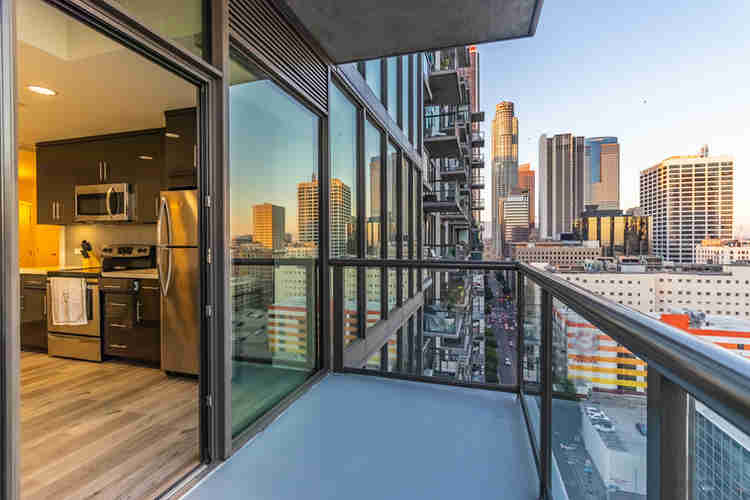When first opening an Offering Memorandum (also referred to as an OM), which is a summary of an investment typically prepared by the managing team, one can easily become overwhelmed with flashy graphics, pictures, and tons of property, financial, and market data. If you’re viewing this as a potential investor, you can save a huge amount of time IF you know what is critical. When viewing potentially dozens of investments in a short period of time, focus and attention are absolutely critical to maximize your precious time.

Let’s get right to it – what should an investor look for? Each OM may have a different flow of information, but the critical sections should contain the following – here’s a glance at each section and we’ll soon follow with details to look for in each section:
-
Asset Fundamentals
-
Business Plan
-
Financials and Projections
-
Location / Market Data
-
The Managing Team
Asset Fundamentals
In this section, the physical details of the asset should be clearly outlined including the age/vintage, number of units, unit mix (bedrooms and bathrooms), amenities, and the asset “class.” This could be details of a single property or a collection of properties, otherwise known as a portfolio. It may also include other details such as the type of plumbing, electrical system(s), roofing type(s), and other nuances or features of the property.
What to look out for: Pay attention to the age/vintage of the property, amenities, and asset class. Specifically, older properties with flat roofs or cast iron plumbing can be problematic areas if not addressed – ask your sponsor or selling broker if they are on the watch list for risks and/or detailed inspections. Perhaps they have been addressed, but always worth asking. As for the asset class, look to ensure it’s going to be managed by a property management team with experience specifically with this type of property. More to come on the managing team later.
Business Plan
In this area, look to answer the questions:
- Why Should I invest In this Asset?
- What is the Investment Strategy? Is this a stabilized long term hold or a value add/growth opportunity?
- What are the projected returns? What is the expected hold period?
- What assumptions are made with the expected returns? Are the growth assumptions in line with the market and comparables?
Most importantly, does the business plan and expected outcome align with MY goals?
One important tip to note: One can not compare expected rate of return across different projects (annualized or IRR) without considering all of the items above – not all investment strategies use the same assumptions! For example, one plan may assume a 4% rent growth year over year where another may use a much more conservative 2% assumption even in the same market! This can a massive impact on the projected returns!
Financials and Projections
Many novice investors will quickly pass through this section – normally due to information overload! Don’t make that mistake, but rather break this section down into two sections:
Income – Look for gross potential rent to see what the property is capable of as well as what’s being projected during the hold period. Also be sure to look for allowance for vacancies, bad debt, and “loss to lease” which is essential the gap between current market rent vs. what is on the lease. Our rule of thumb is when underwriting allow for at least 10% off the top when accounting for those three factors. Also look for other potential sources of income like pet rent, laundry, utilities chargeback, and possibly other amenities. As noted above, pay specific attention to the projected rent increases over the years and ask how that would be achieved and how it compares to the comparable properties mentioned.
Expenses – A general rule of thumb (at least for the first holding year) we use is that expenses should should be at least 50% of the income as a conservative (and generally realistic) guideline. This will vary by market, but this is typically the minimum we’ll use to underwrite. The categories here are generally common with the big ticket items being taxes, insurance, turnover costs, and repairs. Be sure a reasonable allowance (250-350 per unit generally) is made for replacement reserves – most lenders will require this anyway.
Location and Market Data
There are a few factors we consider essential when evaluating or selecting a market to invest in, these include:
-
Availability of jobs and job growth
-
Income growth – this allows for the increases in rent growth to meet our business plan. We also look for a income/rent ratio of at least 3x the target market rent projected in the business plan
-
Diversity in job sectors – generally do not want to be in or around a town that is a “one trick pony”
-
Population and Population Growth – we like to start with those in the top 20-30 growing cities list and will look for where the population is moving INTO, not exiting like many cities typical in the Northeast at the moment
-
Market size – we generally look for cities/MSA with >100,000 people at a minimum
-
Schools – being in an area that attracts families is a plus
-
Crime Data
-
Market/Sub market average vacancy rates – how do these compare to the property?
The Managing Team
Just as important as the asset itself, if not more important, is the credibility and experience of the managing team. After all, even the best purchase in the wrong hands is not going to be set up for success! Some key questions to ask with regard to the managing team:
-
How many acquisitions has the team taken full cycle from purchase to sale?
-
What are the roles and responsibilities of each team member?
-
What results have been achieved with current or prior projects?
In Summary – These 5 key areas of focus are critical when evaluating each deal. We hope this brief article will save you a tremendous amount of time when evaluating deals.
Part of the Multifamily Scrum Series | written by Andrew Schutsky
